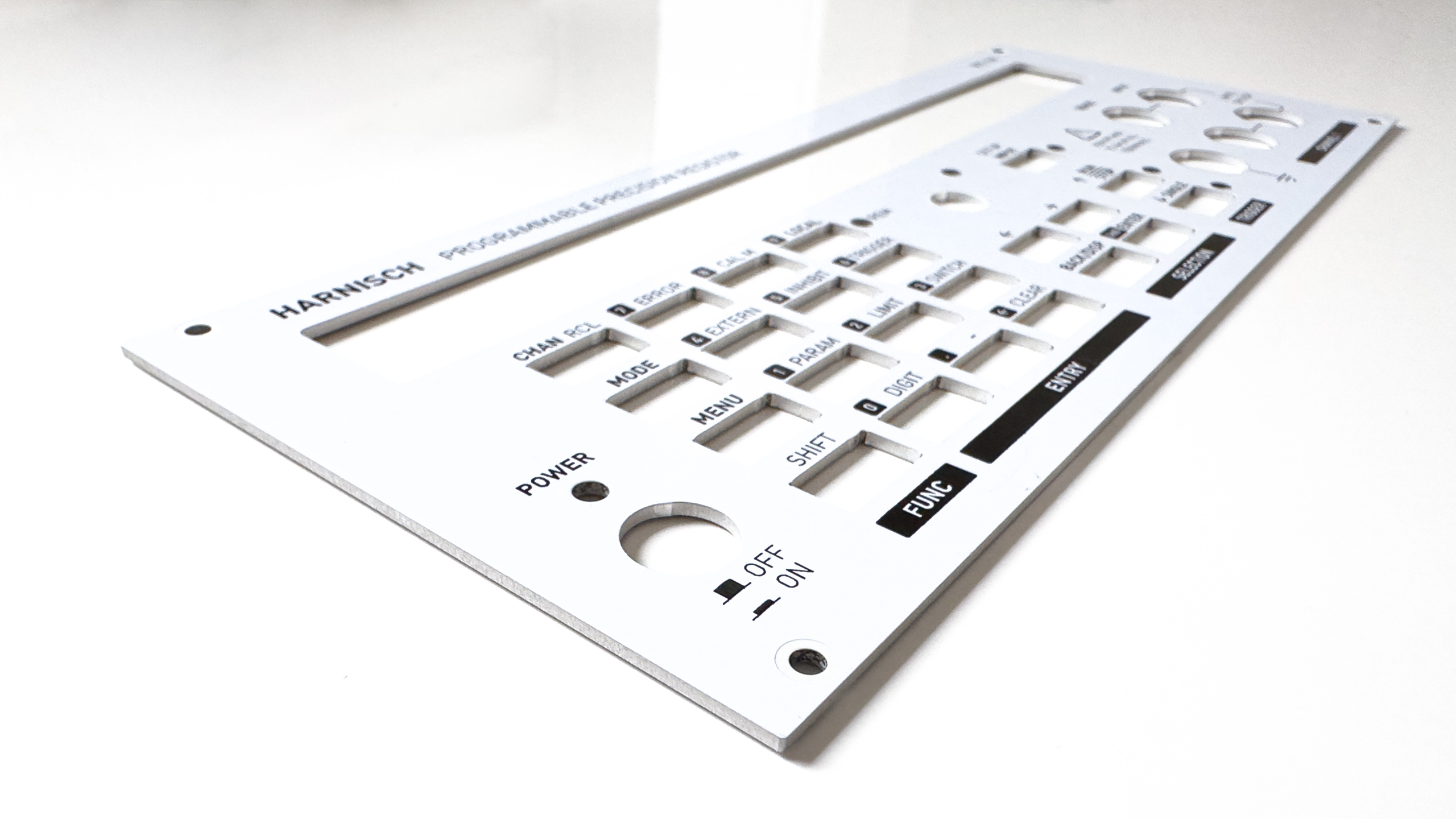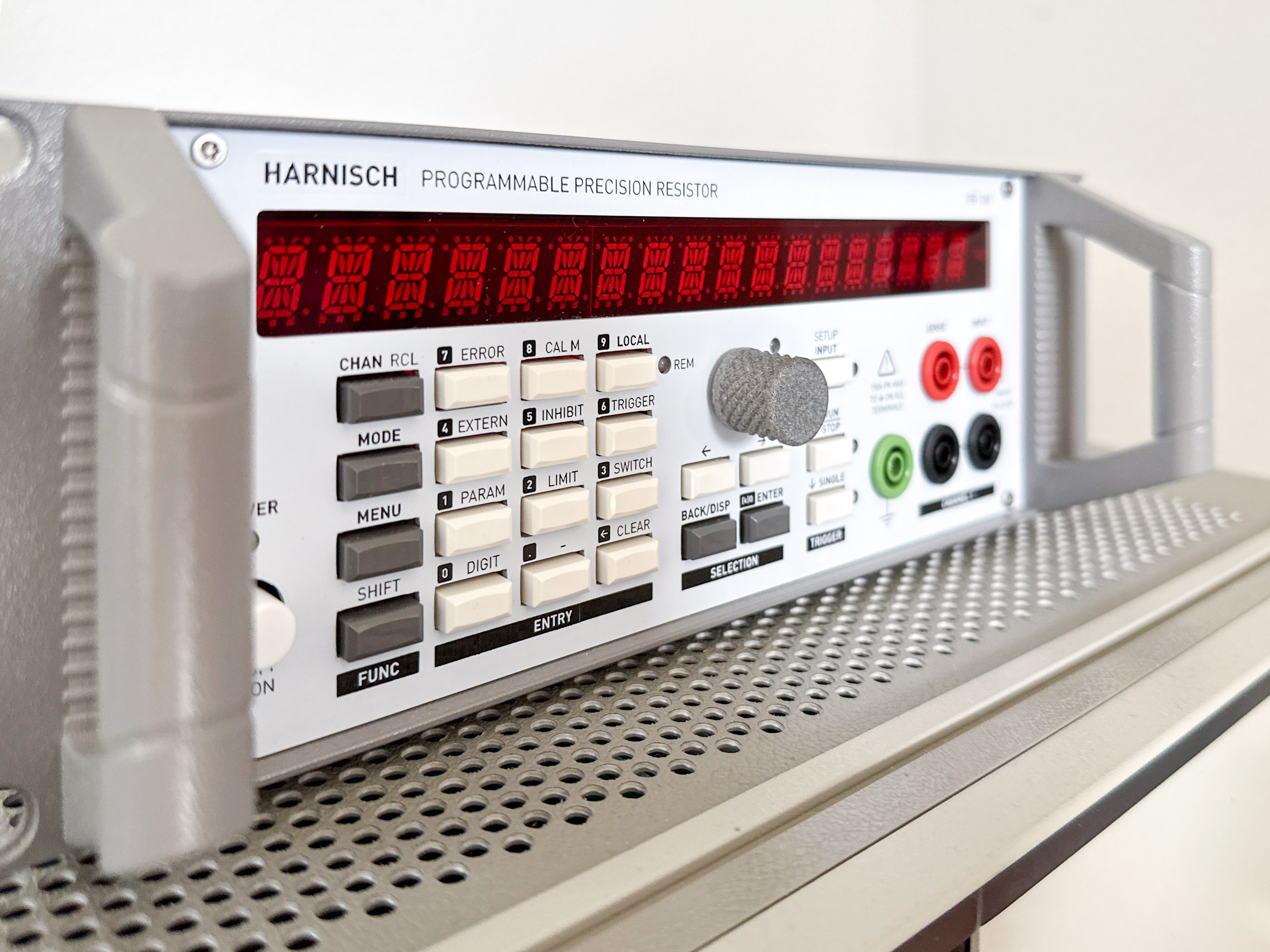Category: Projects
-

Programmable Power Resistor: Final Product
Although the Programmable Power Resistor re-uses some components, many design ideas and a good portion of the software of the Programmable Decade Resistor (Programmable Precision Resistor), there were many changes and also some improvements regarding some aspects of the mechanical construction and the code. Features and specs So now it’s time to present the feature…
-

Programmable Power Resistor: System Design
The Programmable Power Resistor consists of two large boards: The User Interface and Controller Board and the Relay and Interface Board. Because of the use of relays that isolate the input from the circuits, all circuits can be and therefore are earth-referenced. The only microcontroller, a STM32G441RBT6, is located on the User Interface and Controller…
-

Programmable Power Resistor: Topology (2)
In the last post we had a look at a simple topology that allows us to switch between a series and a parallel connection of two resistors: Now we’ll nest these structures so that we have four resistors: The interesting part here is that two of the four switch states of the outer structure don’t…
-

Programmable Power Resistor: Topology (1)
For the performance checks and calibration of my Agilent 6811B AC Power Source/Analyzer (375VA) I need a 20 Ohm resistor with a ton of power handling capability. The original plan was to mount 8 wire wound 50W resistors on a heat sink and be done with it. Then I thought: Why not reuse all the…
-

Programmable Decade Resistor: Cost
I didn’t really think about the BOM cost of my programmable decade resistor until I was asked. Then I also wanted to know. It is fairly difficult to put a number to what I paid, since I had a lot of components left from other projects that I could use. This includes not only cheap…
-

Programmable Decade Resistor: Panels
I was asked a few times how I did the front and rear panels, so this is what I’d like to talk about in this blog. There are different ways to achieve a similar result. For me, the easiest and most cost-effective solution was to just design another PCB – I know how KiCAD works…
-

Programmable Decade Resistor: Components
After being asked about some aspects of the mechanical design and components used a few times, I’d like to address those questions. I have to admit that I’m neither very good at the mechanical design, nor do I have a 3d printer (yet) or a shop where I can do metal work myself. That being…
-

Programmable Decade Resistor: Improved results
After the modification described in the previous post I let the the “adjustment”/calibration procedure run again. Five days later I repeated the calibration (not the adjustment). As before, all measurements are performed with an Agilent 34401A 6.5 digit multimeter. Accuracy of the resistance First up is a diagram that shows the absolute value of the…
-

About word clocks…
A bit over a decade ago I built a word clock – one of my first microcontroller projects. The project was fairly expensive: It uses a large stainless steel front panel (ca. 39cm x 39cm, laser cut) and a similar sized PCB. Over the years I had to resolder one or two of the RGB…